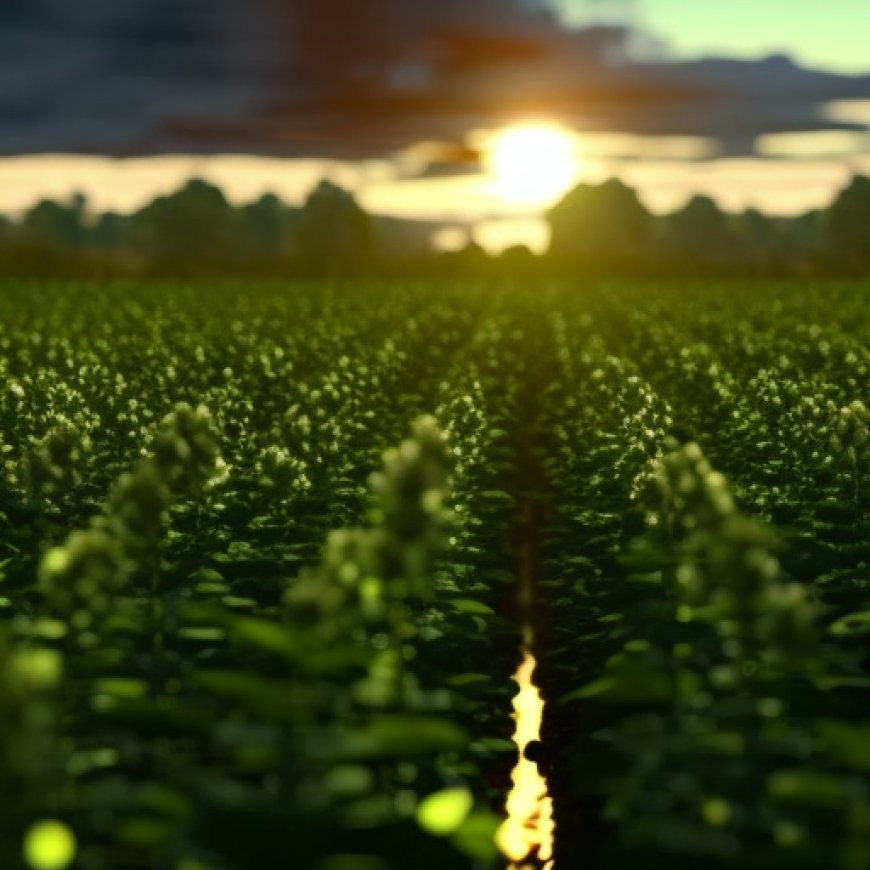CoCO2 project videos show our planet’s greenhouse gas cycle
CoCO2 project videos show our planet's greenhouse gas cycle | Copernicus Copernicus Atmosphere Monitoring Service


EU-Funded CoCO2 Research Project Releases Atmospheric Gas Evolution Videos
Introduction to the CoCO2 Project
The CoCO2 research project, funded by the European Union’s Horizon 2020 program, has recently released a series of videos that provide a detailed visualization of the evolution of key atmospheric gases – methane (CH4), carbon monoxide (CO), and carbon dioxide (CO2) – over the span of one year. Although the project concluded in December 2023, these ‘nature run’ videos have been made available to the public only recently.
Understanding Nature Runs
Nature runs are advanced computer simulations that utilize realistic starting conditions, including temporally varying emissions and current weather conditions. However, they do not incorporate actual observational data of the gases, which results in a more physically consistent representation than a reanalysis.
Significance of the CoCO2 Videos
- The CO2 video highlights the strong seasonality of CO2 concentrations in addition to the gradual increase observed throughout the year.
- These visualizations are instrumental in understanding the atmospheric behavior of greenhouse gases, which is crucial for achieving Sustainable Development Goal 13: Climate Action.
Impact on Sustainable Development Goals
The CoCO2 project has significantly contributed to the efforts of the Copernicus Atmosphere Monitoring Service (CAMS) in developing an operational anthropogenic greenhouse gas emissions Monitoring and Verification Support Capacity (CO2MVS). This aligns with the Sustainable Development Goals by providing tools to monitor and reduce greenhouse gas emissions effectively.
Related EU-Funded Research Projects
- CORSO aims to enhance global and local CO2 emissions monitoring by improving observational data usage, thus contributing to more accurate estimates of anthropogenic CO2 emissions.
- CATRINE focuses on improving the numerical representation of atmospheric tracer transport, particularly for long-lived greenhouse gases, to better understand human-induced CO2 emissions and fluxes.
Global Collaboration for Greenhouse Gas Monitoring
CAMS is collaborating with the World Meteorological Organization’s Global Greenhouse Gas Watch Initiative to establish an internationally coordinated operational capacity for monitoring greenhouse gas concentrations and surface fluxes. This initiative is vital for tracking progress towards Sustainable Development Goal 13: Climate Action.
Additional Resources
To view the complete set of videos and gain further insights from CAMS scientists, please visit the ECMWF website.
Funding Acknowledgment
The CoCO2 project was supported by the European Union’s Horizon 2020 research and innovation program under Grant Agreement No. 958927. The content reflects the authors’ views and does not necessarily represent those of the European Union or the Commission.
Analysis of the Article
1. Which SDGs are addressed or connected to the issues highlighted in the article?
The article addresses Sustainable Development Goal 13: Climate Action, which aims to take urgent action to combat climate change and its impacts. The CoCO2 research project’s focus on monitoring and analyzing greenhouse gas emissions directly relates to efforts to understand and mitigate climate change.
2. What specific targets under those SDGs can be identified based on the article’s content?
Specific targets under SDG 13 that are relevant to the article include:
- Target 13.2: Integrate climate change measures into national policies, strategies, and planning.
- Target 13.3: Improve education, awareness-raising, and human and institutional capacity on climate change mitigation, adaptation, impact reduction, and early warning.
3. Are there any indicators mentioned or implied in the article that can be used to measure progress towards the identified targets?
The article implies several indicators that could be used to measure progress, such as:
- The accuracy and detail of the computer simulations (nature runs) for monitoring greenhouse gas concentrations.
- The implementation of operational anthropogenic greenhouse gas emissions Monitoring and Verification Support Capacity (CO2MVS).
- The coordination and support for international initiatives like the World Meteorological Organization’s Global Greenhouse Gas Watch Initiative.
4. Create a table with three columns titled ‘SDGs, Targets, and Indicators’
| SDGs | Targets | Indicators |
|---|---|---|
| SDG 13: Climate Action | Target 13.2: Integrate climate change measures into national policies, strategies, and planning. | – Accuracy and detail of greenhouse gas concentration simulations – Implementation of CO2MVS |
| SDG 13: Climate Action | Target 13.3: Improve education, awareness-raising, and human and institutional capacity on climate change mitigation, adaptation, impact reduction, and early warning. | – Coordination and support for international initiatives like the Global Greenhouse Gas Watch Initiative |
Copyright: Dive into this article, curated with care by SDG Investors Inc. Our advanced AI technology searches through vast amounts of data to spotlight how we are all moving forward with the Sustainable Development Goals. While we own the rights to this content, we invite you to share it to help spread knowledge and spark action on the SDGs.
Fuente: atmosphere.copernicus.eu

Join us, as fellow seekers of change, on a transformative journey at https://sdgtalks.ai/welcome, where you can become a member and actively contribute to shaping a brighter future.







